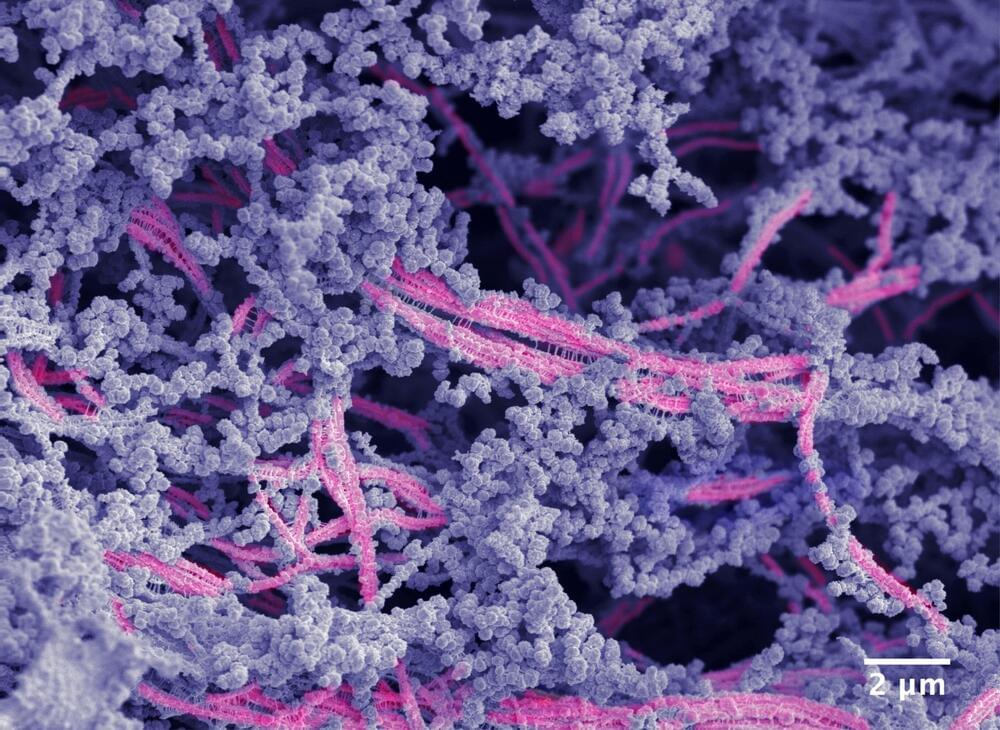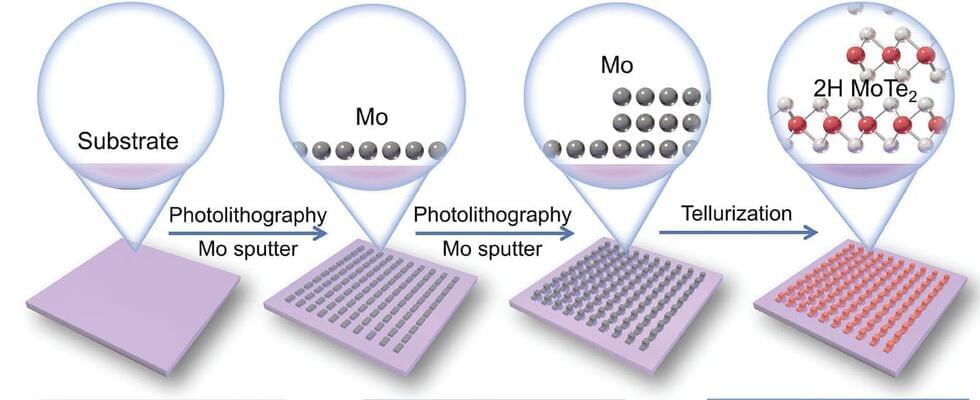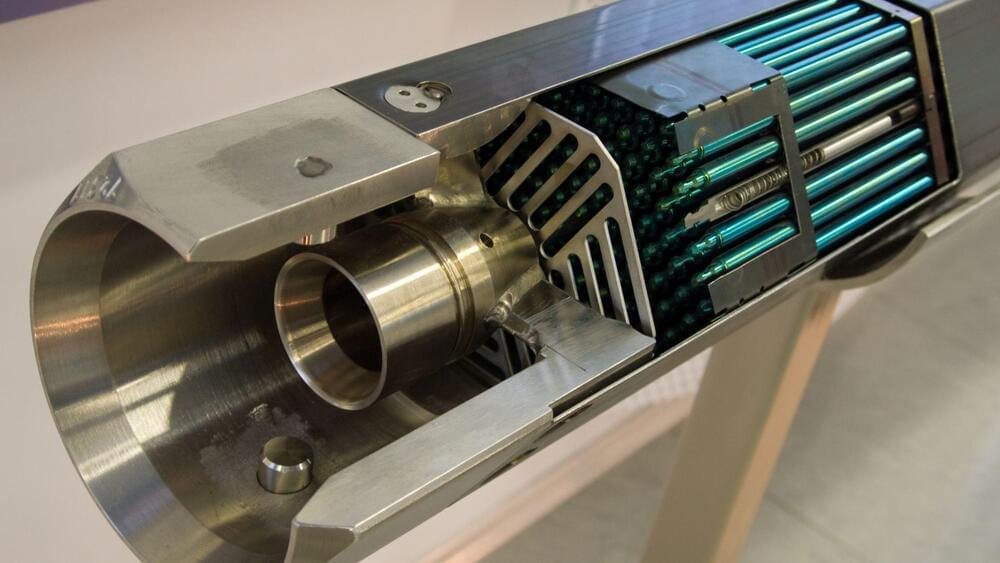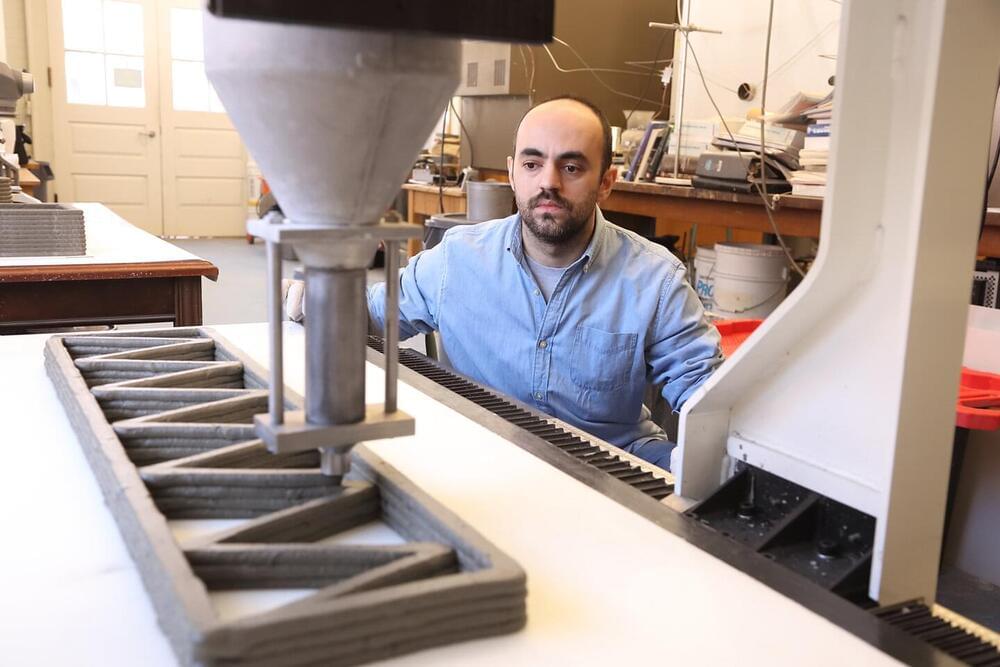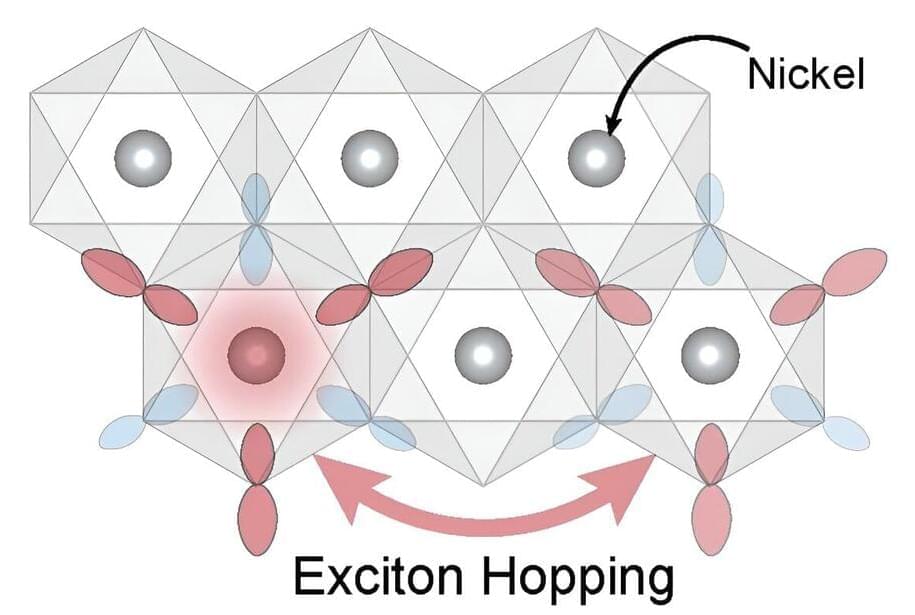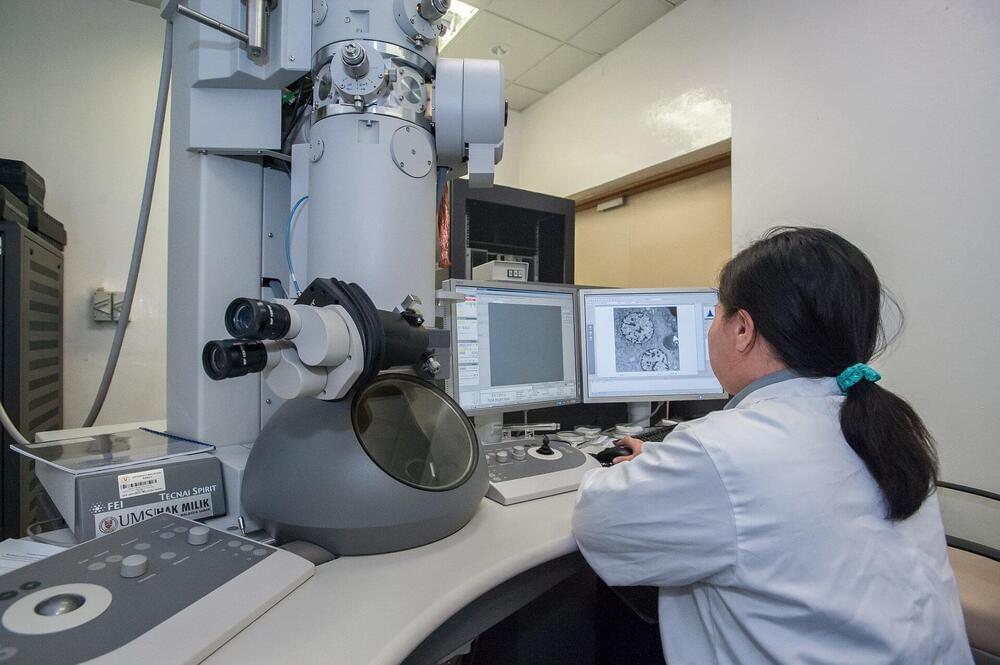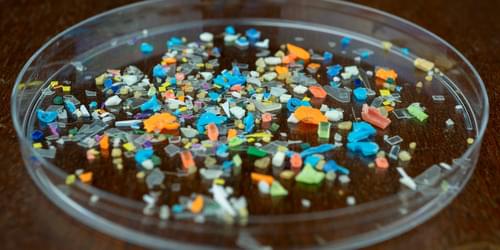
New data on the rotation around both long and short axes of plastic strands may help researchers track and remove microplastics that pollute the ocean.
Pollution from tiny plastic particles (microplastics) increasingly threatens ocean and river ecosystems, and potentially human health, but researchers don’t have a good understanding of how and where these pollutants are transported by flowing waters. Now a research team has observed 1.2-mm-long, 10-µm-wide strands—similar to the most common type of microplastic particles—as they moved in turbulent flows mimicking those in natural environments [1]. The experiments reveal new aspects of their motion, including the rates at which fibers spin around their long axes. The researchers hope that their results will help engineers design structures that can concentrate plastics for easier removal.
Scientists currently have a limited understanding of where microplastics tend to accumulate in the environment, says fluid dynamics expert Alfredo Soldati of the Vienna University of Technology. Where plastics gather depends on natural fluid flows and on the nature of the plastic objects themselves.


